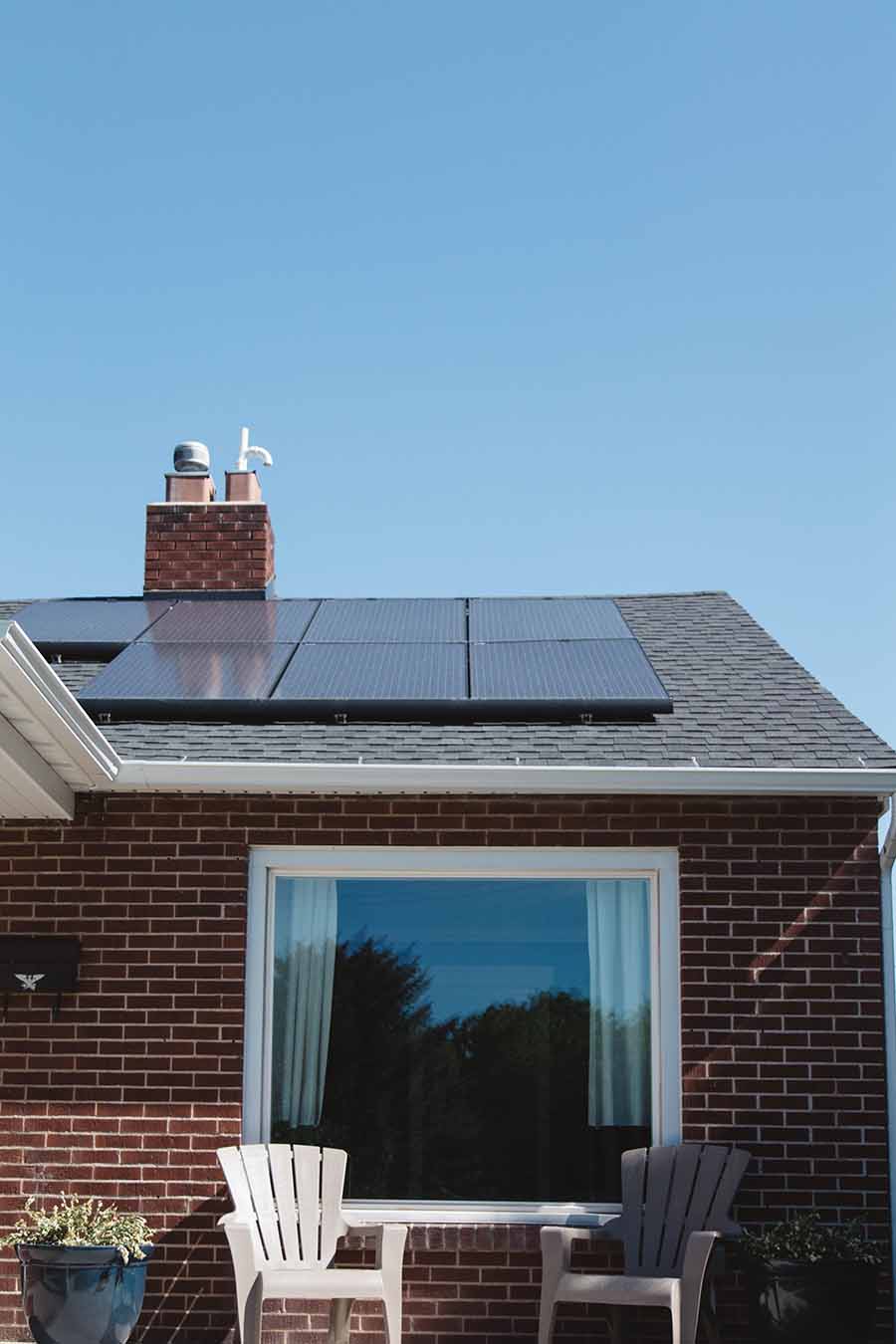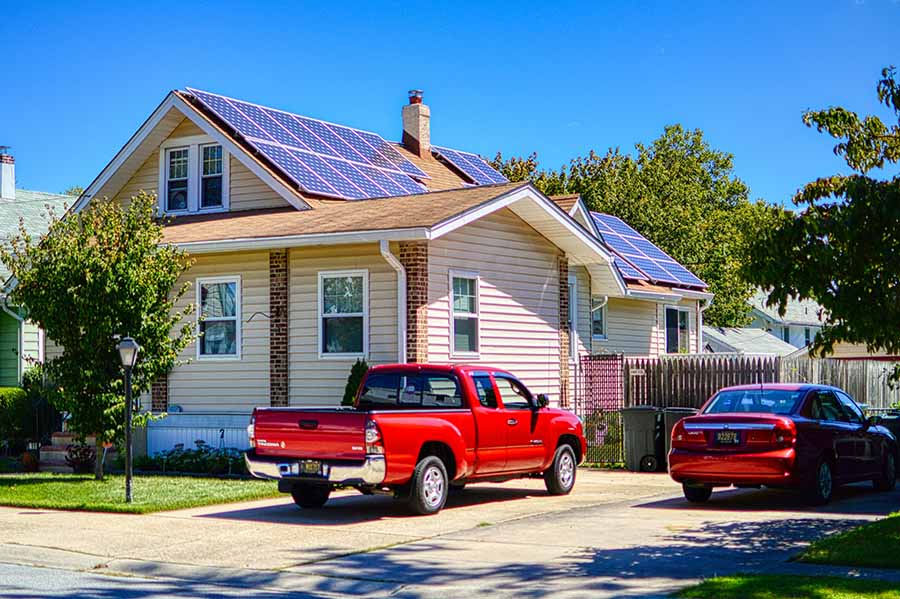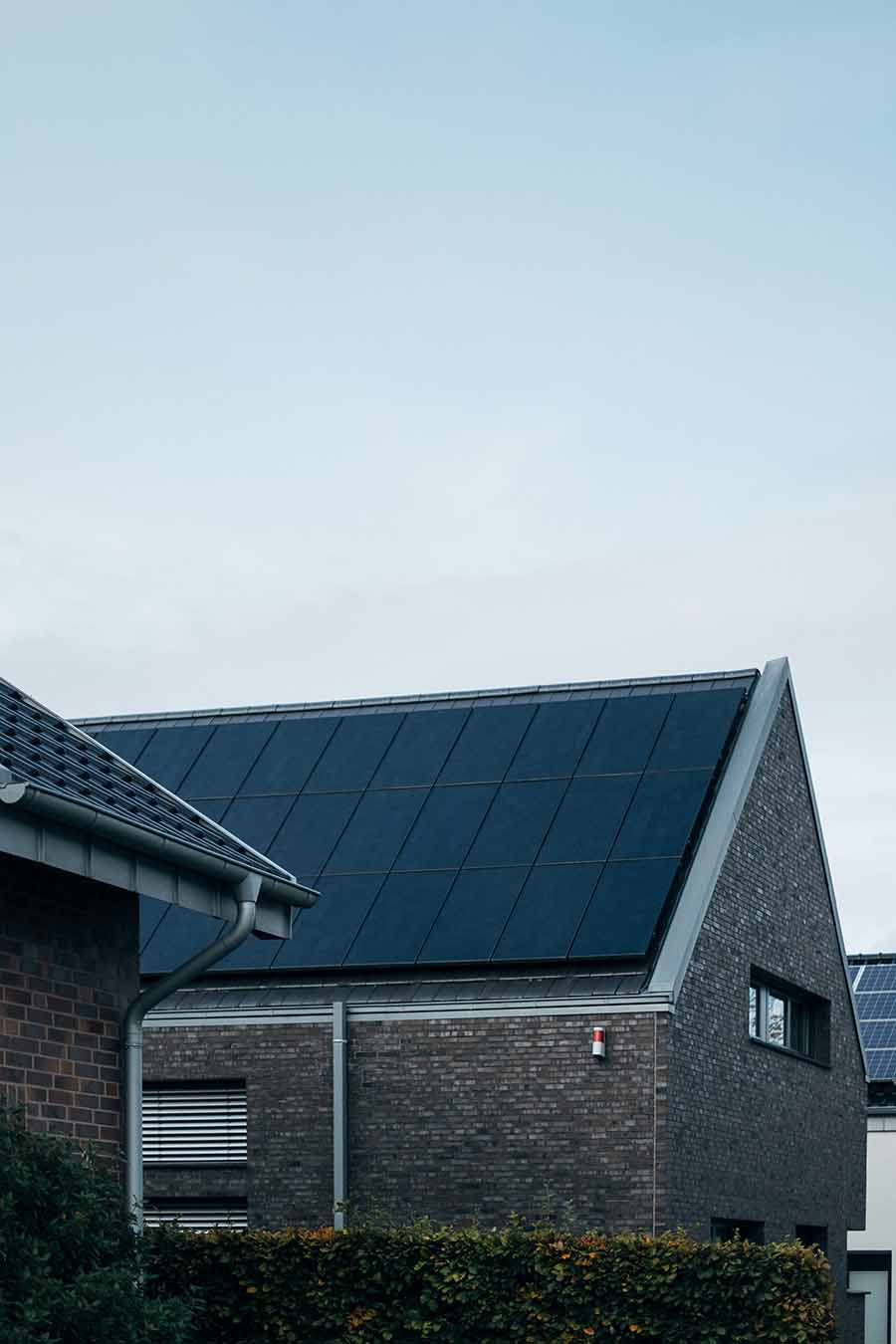As the owner of an array of solar panels, you may be worried about what will happen to your investment if there is a storm on the way. If you have high-quality panels that were properly installed by a proficient expert, you probably do not have anything to worry about. In most instances, solar panels can withstand the effects of hurricanes.
However, some factors can impact on the capability of solar panels to withstand hurricanes, they include:
The Type of Solar Panels You Own

Solar panels are made using different materials. The quality of the materials used in manufacturing solar panels impacts on their durability and quality. Hurricanes often come accompanied by strong winds and hail. In most instances, panels made from low-quality materials do not have the strength to withstand the beating of huge hailstones.
However, high-quality solar panels made from the strongest components have the strength to withstand the thumping of hail. If you live in an area prone to hurricanes, you should acquire high-quality solar panels. Otherwise, you may end up being forced to replace your array of panels every time there is a hurricane.
The Quality of Your Solar Panel Installation

Hurricanes often come accompanied by strong winds. If your solar panels have been installed improperly or loosely on the roof, there is always the possibility that they will get dislodged by strong winds. When getting your panels installed it is usually best that you rely on the services of an experienced solar panel installation expert.

An experienced professional will ensure that your panels are firmly affixed on your roof so that they do not get blown away by the uplift of strong winds.
Top Things That Can Damage Your Solar Panels During a Hurricane
1.Strong Winds
Solar panels are typically affixed on the top of the roof. During installation, there is usually the possibility of some space being left between the panels and the roof. Strong winds can blow across this space and dislodge panels from the roof especially if they were not fixed firmly.
2. Hail
Sometimes, hurricanes come accompanied by large hailstones which have the capability of breaking the surface of solar panels. When the surface of a panel gets damaged, its efficiency usually lowers tremendously since its cells cannot harness the power of sunlight effectively.
3. Debris and Falling Trees
Some strong hurricanes have the capability of uprooting trees which can then fall on the roof and damage your solar panels. Additionally, the strong winds during a hurricane can at times contain debris that can fall on your panels causing damage.
Tips on How to Prepare for a Hurricane

1. If you receive warning that there is an approaching hurricane, there are certain steps that you can take to protect the investment you have made in solar energy. They include:
2. If you have a warranty for your solar panels or they are insured, you should take photos of their condition before the hurricane. Though they may not get damaged in the hurricane, you may need this photographic evidence if they get damaged and you want to file a claim against your insurer.
3. After the storm, take photographic evidence on the state of your panels from a safe distance. Do not attempt to climb on the roof to inspect your panels. The hurricane may have weakened the structural integrity of your roofing and you can end up exposing yourself to the risk of serious injuries.
4. Should you notice any damage on your solar panels, do not attempt to carry out repairs. Instead, contact a skilled solar panel expert to carry out the necessary assessment and repairs.
If your solar panels are not attached to your roof, store them inside your house until the hurricane passes over.

When it comes to extreme weather, there is no knowing how your solar panels will hold up. The best you can do is take the necessary precautions and hope for the best.






